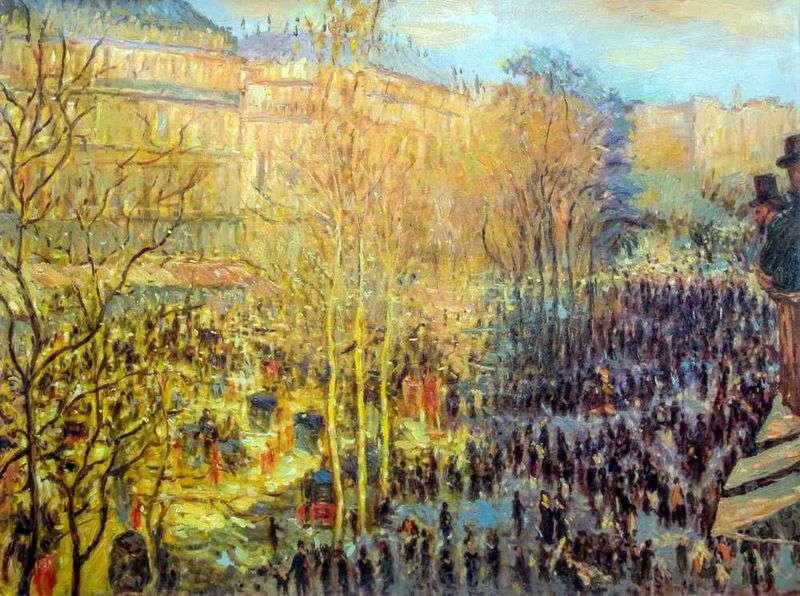
The whole history of French impressionism – from its inception to its heyday and gradual extinction – fits into the long creative biography of Claude Monet. Knightly devotion to this artistic direction, loyalty to the impressionistic perception of the world put the artist apart even among his fellows. One of the best impressionist works of Claude Monet is the famous Boulevard des Capucines in Paris, written by him in 1873.
The artist paints two famous Parisian views from the windows of the studio of the photographer Nadar, located on Boulevard des Capucines. Again K. Monet chooses a high point of view: from above, out of the window, the viewer sees the perspective of the boulevard going diagonally, in the direction of the Paris Opera, the flow of carriages and the motley crowd in the indistinguishable flashing of faces.
Figures of passers-by are barely marked with white strokes, the facades of houses on the opposite side of the boulevard are half hidden by branches of plane trees. Claude Monet transmits in this work an instant, purely spectator impression of a barely noticeable vibrating air, of people leaving the interior of the street and carriages leaving. He destroys the idea of the plane of the canvas, creating the illusion of space and filling it with light, air and movement. The human eye rushes to infinity, and there is no limit point where it could stop. The high point of view allows the artist to abandon the first plan, and he conveys a shining sunshine in contrast with the bluish-purple shadow of houses lying on the street pavement.
In the Moscow version of the light divides the composition diagonally, opposes one part of the boulevard, sunlit, the other – in the shade. The sunny side of Claude Monet gives an orange, golden warm, shadow – purple, but a single light-air haze gives the entire landscape tonal harmony, and the contours of houses and trees loom in the air, penetrated by sunlight. Sliding side lighting “dematerializes” the architecture, giving it a non-materiality. In the colorful haze, architectural details of houses sink, the contours of carriages melt, tree branches dissolve, and the depth of space is lost in the movement of luminous air. All this fills the picture in such a way that the viewer’s eye loses the line between the vertical plane of the walls of houses and the horizontal pavement; between the nearby illuminated walls of buildings and the distant blue dusk hiding the continuation of the street. The figures of passersby marked by quick strokes are now merging into the general stream of the crowd.
The canvas from Kansas City has a completely different format and has a different mood. The viewer sees the same Boulevard des Capucines in Paris, the same landscape, but already on a gloomy day, when the whitish, dim light reflects on the wet pavement. Against the background of a faded, milky-blue color, the spots of black, pink, dark green appear more clearly. Art critic CG Bohemian notes: “When they say that the Impressionists were able to capture the moment of unceasing movement of life, then the picture” Boulevard des Capucines in Paris “can be called confirmation of this.
In other works of Claude Monet, with all their immediate momentum, there is much less desire to snatch the “frame” than is felt when contemplating this canvas. However, it was this picture that was shown at the First Impressionist Exhibition that was one of those that caused the most ridicule and attack from the public. Even in 1880 Claude Monet himself said: “I am an impressionist and I intend to always remain with them.” He could repeat the same words at the end of his life.
 Boulevard Des Capucines by Claude Monet
Boulevard Des Capucines by Claude Monet Boulevard des Capucines en París – Claude Monet
Boulevard des Capucines en París – Claude Monet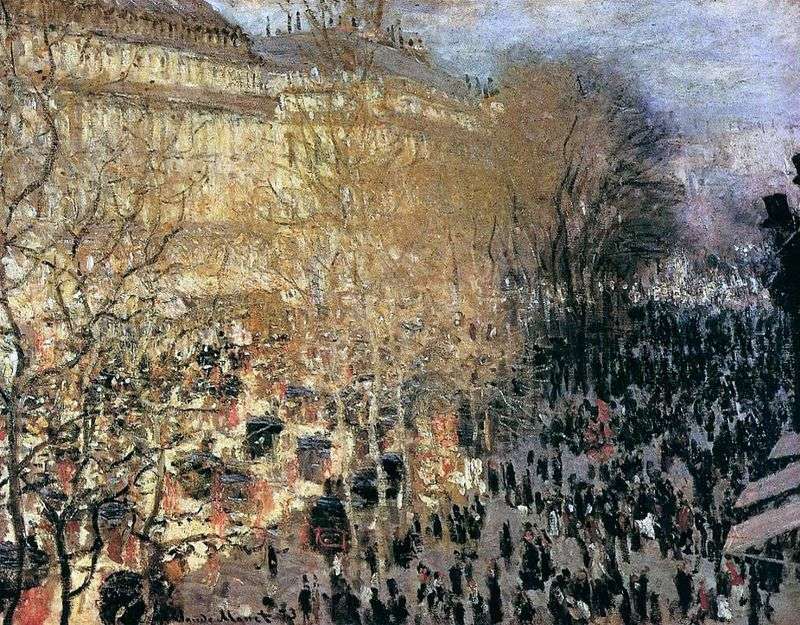 Capuchin Boulevard by Claude Monet
Capuchin Boulevard by Claude Monet Boulevard des Capucins à Paris – Claude Monet
Boulevard des Capucins à Paris – Claude Monet Boulevard Clichy by Vincent Van Gogh
Boulevard Clichy by Vincent Van Gogh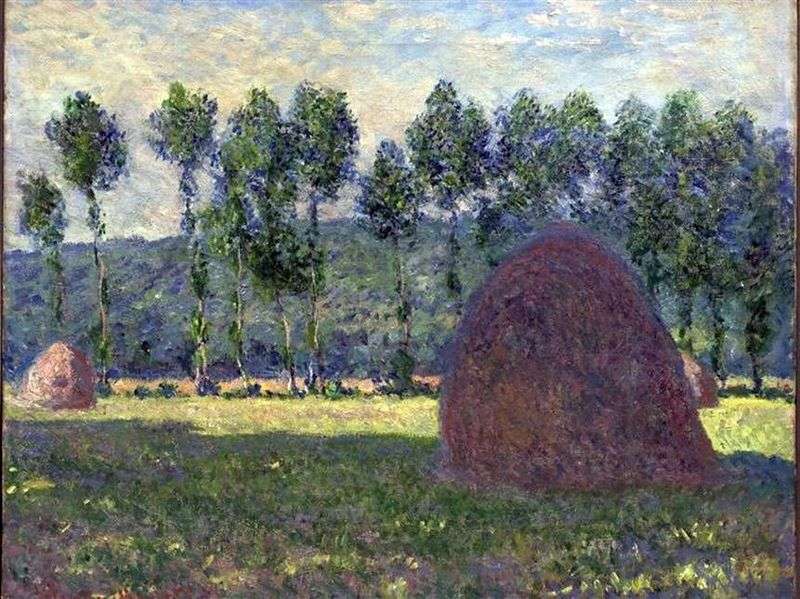 Haystack by Claude Monet
Haystack by Claude Monet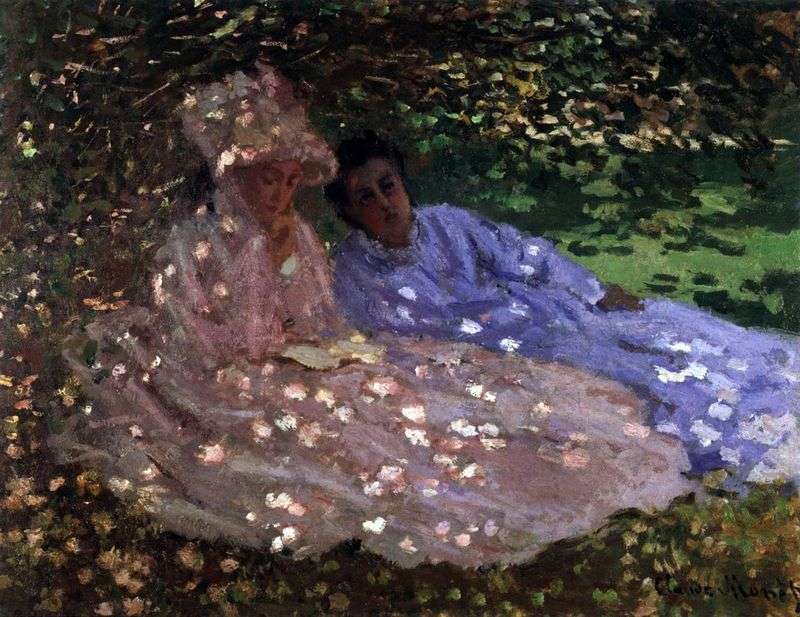 Madame Monet in the garden by Claude Monet
Madame Monet in the garden by Claude Monet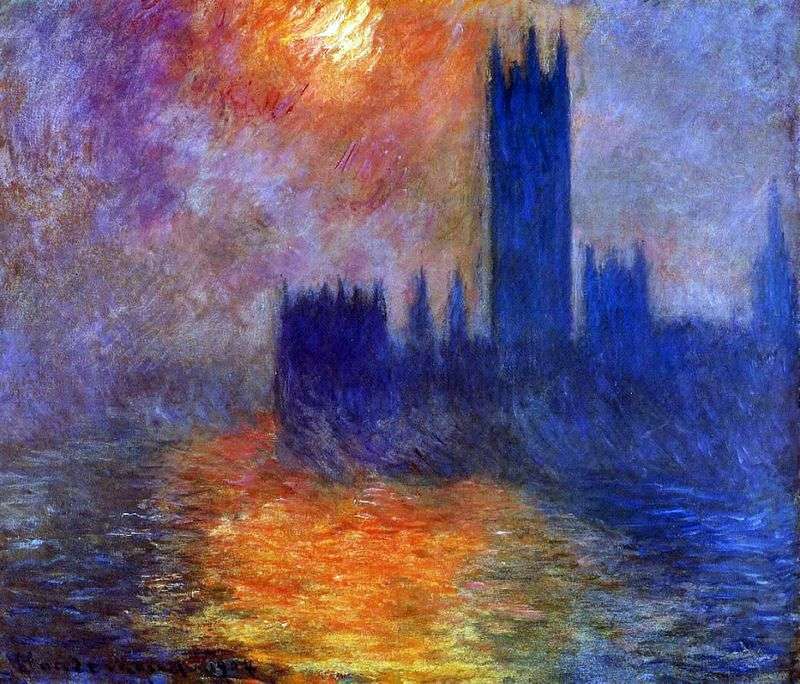 Houses of Parliament in London. Sunset by Claude Monet
Houses of Parliament in London. Sunset by Claude Monet